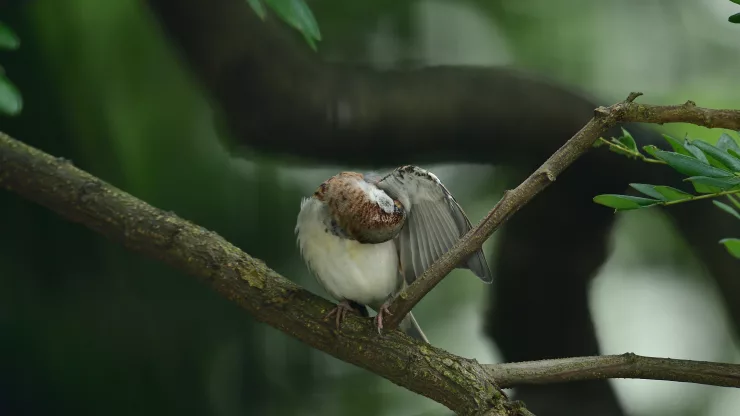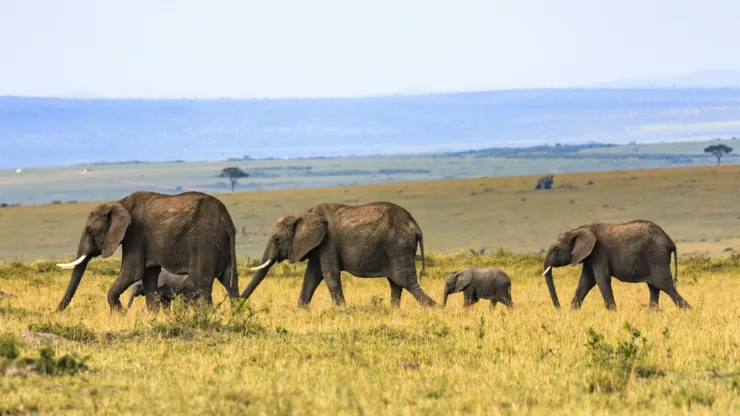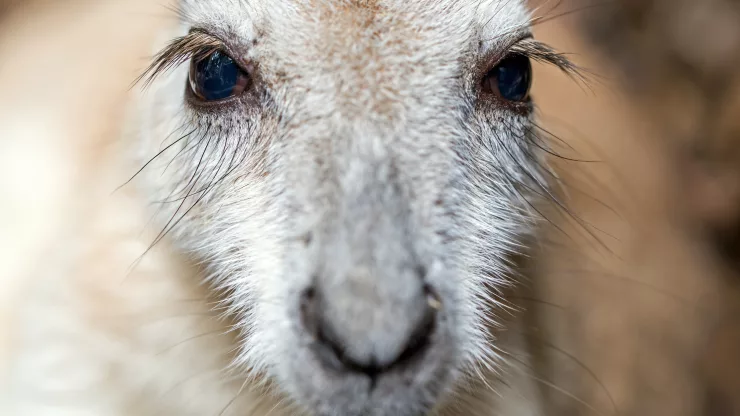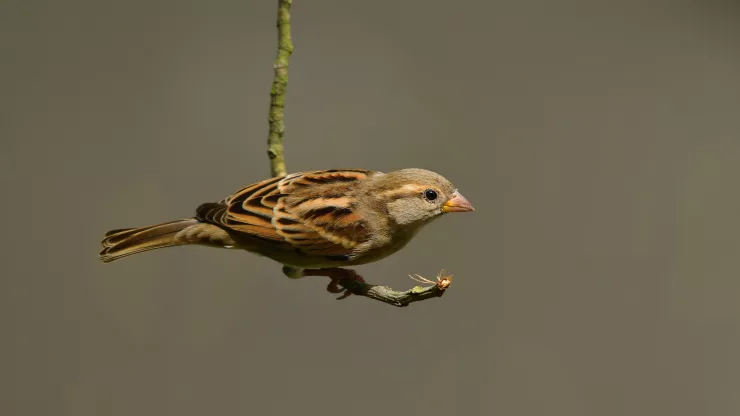As cities continue to grow and expand, the need to incorporate nature into urban design becomes increasingly important.
Urban wildlife, including birds, insects, and mammals, can play a crucial role in creating sustainable and livable cities.
In this article, we will explore the challenges and benefits of integrating nature into urban design and provide examples of successful urban wildlife integration.
Jump to Section
Introduction
Urbanization is a global trend that has led to the transformation of rural areas into urban landscapes.
While cities offer a wealth of opportunities, they also pose significant challenges for wildlife.
As urban areas continue to expand, it is crucial to ensure that nature is not left behind.
By integrating wildlife into urban design, we can create sustainable and livable cities that benefit both humans and animals.
The Importance of Urban Wildlife and Urban Design
Wildlife plays an essential role in maintaining the balance of our ecosystem.
From pollinating plants to controlling pests, urban wildlife contributes to the health and well-being of our cities.
Urban design can help support wildlife populations by providing habitats and corridors that connect green spaces.
By integrating nature into urban design, we can create more resilient and sustainable cities.
Challenges of Integrating Nature into Cities
Urbanization and Habitat Loss
As cities grow, natural habitats are replaced by buildings, roads, and other infrastructure. This process of urbanization has led to the loss of biodiversity and fragmentation of ecosystems.
Habitat loss can have significant consequences for urban wildlife, including reduced breeding success and increased mortality rates.
The Need for Sustainable Solutions
To address the challenges of urbanization and habitat loss, we need sustainable solutions that support both humans and wildlife.
These solutions may include green infrastructure, habitat corridors, and wildlife-friendly urban design.
Benefits of Integrating Nature into Cities
Improved Air and Water Quality
Urban green spaces can help improve air and water quality by filtering pollutants and reducing urban heat island effects.
Trees and plants absorb carbon dioxide and produce oxygen, helping to mitigate the impacts of climate change.
Enhanced Mental and Physical Health
Studies have shown that exposure to nature can have significant benefits for mental and physical health.
Urban green spaces can provide opportunities for recreation, relaxation, and social interaction, improving the quality of life for urban residents.
Increased Biodiversity
By providing habitats and corridors for wildlife, we can increase the biodiversity of our cities.
This can lead to a more resilient ecosystem that is better able to adapt to changing environmental conditions.
Designing Urban Spaces with Wildlife in Mind
Green Infrastructure
Green infrastructure refers to the network of natural and semi-natural areas that provide ecological and social benefits. Examples of green infrastructure include parks, wetlands, and other green spaces.
By incorporating green infrastructure into urban design, we can create a more sustainable and livable city.
Creating Habitat Corridors
Habitat corridors are connections between green spaces that allow wildlife to move between habitats.
These corridors can help prevent the isolation of wildlife populations and support breeding and foraging activities.
Designing for Multiple Species
When designing urban spaces, it is important to consider the needs of multiple species. Different species have different habitat requirements, and urban design should aim to provide a variety of habitats to support a diverse range of wildlife.
Protecting Wildlife from Urban Hazards
Urban areas can pose significant hazards to wildlife, including traffic, pollution, and predation. Urban design should aim to minimize these hazards and provide safe passages for wildlife.
Examples of Successful Urban Wildlife Integration
Successful Case Studies
| City | Project |
|---|---|
| New York City | High Line Park |
| London | Greenwich Peninsula Ecology Park |
| Paris | Bois de Vincennes |
Community Gardens and Urban Agriculture
Community gardens and urban agriculture can provide important habitats for urban wildlife. These green spaces can also provide opportunities for community engagement and education.
Rooftop Gardens and Green Roofs
Rooftop gardens and green roofs can help mitigate the impacts of urban heat islands and provide habitats for urban wildlife.
These green spaces can also provide opportunities for food production and social interaction.
Wildlife-Friendly Parks and Public Spaces
Wildlife-friendly parks and public spaces can provide important habitats and corridors for urban wildlife. These spaces can also provide opportunities for recreation, education, and community engagement.
Overcoming Barriers to Urban Wildlife Integration
Public Perception and Education
Public perception and education can be a significant barrier to urban wildlife integration.
Educating the public about the importance of wildlife and the benefits of integrating nature into urban design can help overcome these barriers.
Policy and Planning
Policy and planning can play a significant role in supporting urban wildlife integration.
By incorporating wildlife-friendly policies and guidelines into planning processes, we can create a more sustainable and livable city.
Resources and Funding
Resources and funding can be a significant barrier to urban wildlife integration.
Securing funding and resources for green infrastructure projects can be challenging, but there are a variety of funding sources available, including grants, partnerships, and crowdfunding.
The Future of Urban Design and Wildlife Integration
As cities continue to grow and expand, the need to integrate nature into urban design becomes increasingly important.
By creating sustainable and livable cities that support both humans and wildlife, we can ensure a brighter future for all.
Taking Action to Create Sustainable Urban Environments
There are many ways to take action and create sustainable urban environments that support wildlife.
Some examples include volunteering with local conservation groups, advocating for wildlife-friendly policies, and supporting green infrastructure projects in your community.
FAQ
What is urban wildlife?
Urban wildlife refers to the animals that live in urban environments, including birds, mammals, and insects.
Why is it important to integrate nature into urban design?
Integrating nature into urban design can help support wildlife populations, improve air and water quality, and enhance mental and physical health.
What are some examples of urban wildlife integration?
Examples of urban wildlife integration include green infrastructure, habitat corridors, and wildlife-friendly parks and public spaces.
How can I get involved in urban wildlife integration?
You can get involved in urban wildlife integration by volunteering with local conservation groups, advocating for wildlife-friendly policies, and supporting green infrastructure projects in your community.
I’m a nature enthusiast and creator of Metro Wilds and have spent years exploring the great outdoors.
With a passion for environmental conservation and sustainability, I have dedicated my career to writing about the beauty and wonders of nature, as well as the threats facing our planet.
Contact me at [email protected] for assistance.





